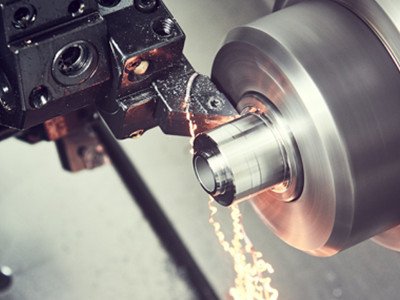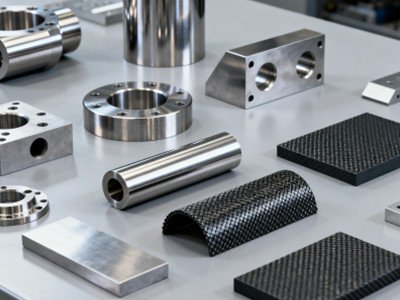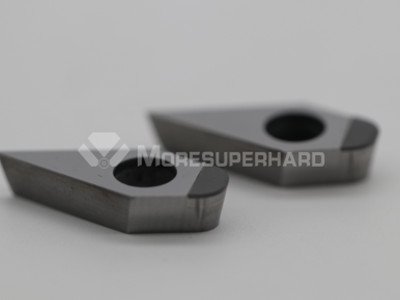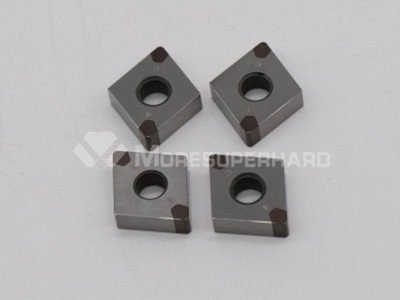18
Sep
In machining operations, various materials are used, including difficult-to-machine materials, which primarily refer to materials with poor machinability. These materials often lead to rapid tool wear, low machining efficiency, and challenges in controlling surface quality.

1. High-Strength Steels
Typical Materials: Quenched steels (e.g., 4340, H13), high-hardness alloy steels (e.g., D2, M2).
Characteristics: High hardness (HRC 45+), tensile strength (>1000 MPa), generating excessive heat and severe friction during machining.
2. Stainless Steels
Typical Materials: Austenitic stainless steels (304, 316), martensitic stainless steels (410, 420), duplex stainless steels (2205).
Characteristics: High toughness, poor thermal conductivity, prone to work hardening, leading to built-up edge (BUE) and tool chipping.
3. High-Temperature Alloys
Typical Materials: Nickel-based alloys (Inconel 718, Hastelloy), titanium alloys (Ti-6Al-4V), cobalt-based alloys (Stellite).
Characteristics: Retain strength at elevated temperatures, excellent corrosion resistance, causing extreme cutting heat and diffusion wear on tools.
4. Composite Materials
Typical Materials: Carbon fiber-reinforced polymers (CFRP), glass fiber-reinforced plastics (GFRP).
Characteristics: Anisotropic nature, abrasive fibers accelerate tool wear, prone to delamination and burr formation.
5. High-Hardness Non-Ferrous Metals
Typical Materials: Hard aluminum alloys (e.g., 7075), high-silicon aluminum alloys (e.g., A390), beryllium copper.
Characteristics: Although softer than steel, hard particles (e.g., silicon) cause accelerated abrasive wear on cutting tools.

High Hardness
Example Materials: Hardened steels, cemented carbides
Effect: Extreme cutting forces cause tool chipping or rapid wear.
Low Thermal Conductivity
Example Materials: Titanium alloys, stainless steels
Effect: Heat concentrates at the cutting edge, leading to thermal cracks and plastic deformation of tools.
Work Hardening
Example Materials: Austenitic stainless steels, nickel-based alloys
Effect: Surface hardening during machining accelerates tool wear.
Chemical Reactivity
Example Materials: Titanium alloys
Effect: Chemical reactions with tool materials cause built-up edge and diffusion wear.
High Toughness
Example Materials: Nickel-based alloys, high-strength steels
Effect: Material resistance to fracture increases cutting forces and promotes tool chipping.
Abrasive Wear
Example Materials: Composites, high-silicon aluminum alloys
Effect: Hard particles (e.g., carbon fibers, silicon crystals) act like sandpaper, accelerating tool abrasion.
1. Select Appropriate Tool Materials
CBN :Recommended for high-hardness steels (HRC 50+).
PCD :Ideal for high-silicon aluminum alloys and composites.
Coated Carbide:Suitable for stainless steels and high-temperature alloys.


2. Optimize Cutting Parameters
Reduce feed rates for improved tool life.
Increase cutting speed.
3. Apply Cooling/Lubrication Systems
Use coolant or high-pressure air cooling to dissipate heat, preventing tool thermal deformation.
4. Implement Special Edge Preparation
Adopt large positive rake angles and sharp cutting edges to reduce cutting forces.







